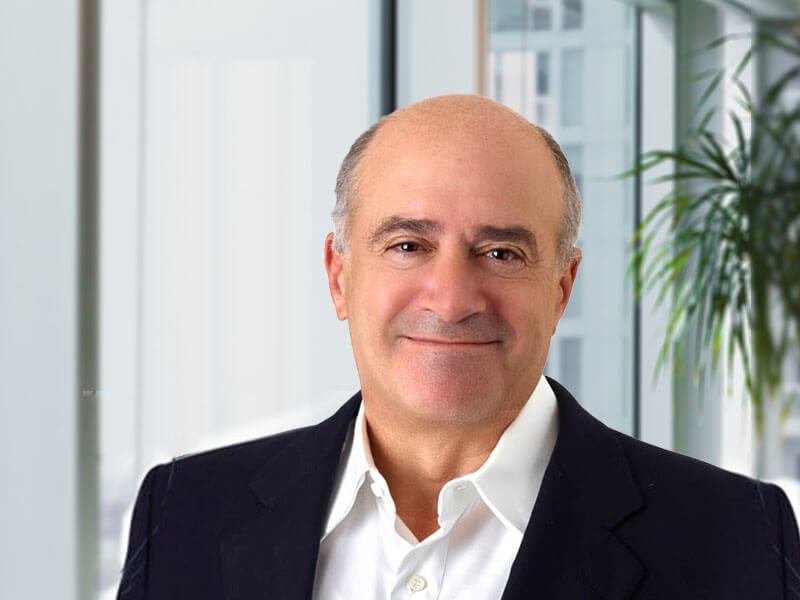Adam Smith, the great Scottish economist and moral philosopher, didn’t have to confront the environmental crisis, the healthcare delivery challenge or any of today’s issues. But his economic theory and moral philosophy — his unseen hand — are as pertinent today as they were in his lifetime.
Notably, Smith believed market forces were a force for good and a force for simply getting things done, acting.
A cardinal virtue of the market at work is discipline. Respect for the bottom line works wonders in producing discipline and results, even in the green economy that places a premium on sustainability.
And it is why Pegasus Capital Advisors, the fast-growing, impact investment firm, is having so much success in Africa, the Caribbean and South America, and Southeast Asia. In all, Pegasus is exploring investments in more than 40 countries.
An investment by Pegasus, under its ebullient founder, chairman and CEO Craig Cogut, must make money and meet other strict criteria. It must help — and maybe save — the local environment. It must benefit local people with employment at decent wages. And it must have a long future of social and economic benefit.
And Pegasus always looks for a strong local partner.
In Africa, Cogut told me, the growing of sustainable crops should be wedded to cold storage and processing, which should be local. He has invested in a marketer of fonio, an African “supergrain.”
“Agriculture and fishing are important sources of food in the global south, but they get shipped out and they need to stay local,” Cogut said.
“In Ecuador, we’re focused on sustainable fishing and shrimp farming,” he said, adding, “Shrimp is an amazing source of protein, but you have to do it in an environmentally correct way.”
Cogut has two passions, and they are where he directs investments: the environment, and health and wellness.
A Harvard-trained lawyer, Cogut took his first job with a law firm in Los Angeles. He became an environmentalist while living there and visiting the nearby national parks frequently. To this day, watching birds while hiking on Audubon Society trails in Connecticut, where he lives, is his passion.
He learned the art of big deals while working with the investment bank Drexel Burnham Lambert during its heyday. When it folded in 1990, Cogut became one of the founding partners of Apollo Advisors, the wildly successful private equity firm. After leaving Apollo in 1996, he founded Pegasus, the private equity firm that is making a difference.
A Pegasus success is Six Senses, which manages eco hotels and resorts with sensitivity to the environment. Pegasus sold Six Senses to IHG in 2019 and is currently partnering with IHG to develop new Six Senses resorts, including an eco-hotel on a Galapagos Island.
“We have been working with the Ecuadorian national park system to replicate what was there before Darwin’s time,” Cogut said.
Another previous Pegasus investment has restored a biodiesel plant in Lima, Peru. This plant, which has been sold, provides diesel fuel, produced from food waste and agricultural waste. “It is now helping the Peruvian government reach its environmental goals,” he said.
Off the coast of Nigeria, Cogut was appalled by natural gas flaring, done in association with oil production. He personally invested in a company to capture the gas and convert it to liquefied natural gas, which is now used to displace diesel in electricity generation — much better for human health and the environment.
After his original investment, a large African infrastructure investor has become the majority owner. This is Cogut’s win-win, where sustainability and commerce come together.
I had a disagreement over how to help Africa’s economy with Britain’s chancellor of the exchequer, Gordon Brown, shortly before he became prime minister. He was trying to raise $50 billion for Africa. I asked Brown how it would be invested so that it would achieve real, positive results. He said, rather unconvincingly, “We’ll give it to the right people.”
If that encounter had taken place today, I would have been able to say, “Call Pegasus. Craig Cogut is the man who can help you.”









